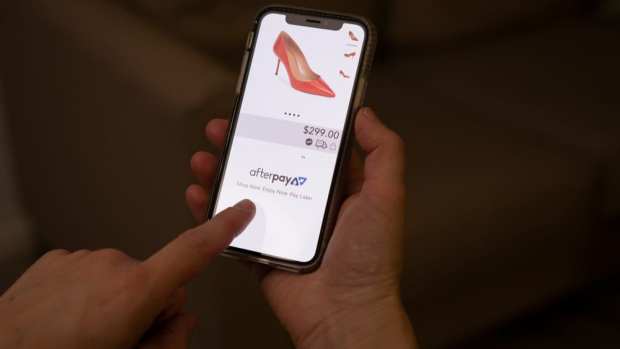Afterpay Fined By CA Regulator For Unlicensed Loans

Australian startup Afterpay is settling with the California Department of Business Oversight (DBO) over allegations that the buy now, pay later (BNPL) firm was offering illegal loans in the state.
The DBO said it is requiring Afterpay to offer its service under a finance lender’s license and pay costs of AUD$1.5 million, according to a statement on Tuesday (March 17). The settlement costs include a refund to California customers for late fees totaling about $905,000, plus a 10 percent administration fee to DBO.
The resolution is for BNPL loans granted prior to Afterpay being awarded a California Financing Law (CFL) license in November 2019.
“Afterpay rejects the view that the Company operated illegally. While Afterpay does not believe such an arrangement required a license from the DBO, Afterpay has agreed to conduct its operations under the DBO license as a part of this settlement,” the company said in a statement. “The transition to the new license arrangement has occurred without disruption to the delivery of Afterpay’s service or impact to Afterpay’s business in California.”
The point-of-sale financer offers people the option to pay for purchases over a specified period of time, interest-free. Consumers pay Afterpay 25 percent of the purchase price at the point of sale and pay the remainder in three equal installments. Late fees kick in for missed payments. Merchants pay Afterpay a cut of each transaction.
“Afterpay will continue to work closely with the DBO and appreciates the regulatory clarity that this agreement provides,” Afterpay said.
The company said it will work with U.S. regulators to “highlight its commitment to consumer protection and responsibility and compliance with applicable laws.”
The DBO is in charge of licensing and regulating financial services, which include state-chartered banks and credit unions, student loan servicers, money transmitters and more.
Afterpay said in February that it has more customers in the United States ( 3.6 million) than in Australia (3.1 million). The U.S. numbers represent a 443 percent increase from the same period in 2019.
